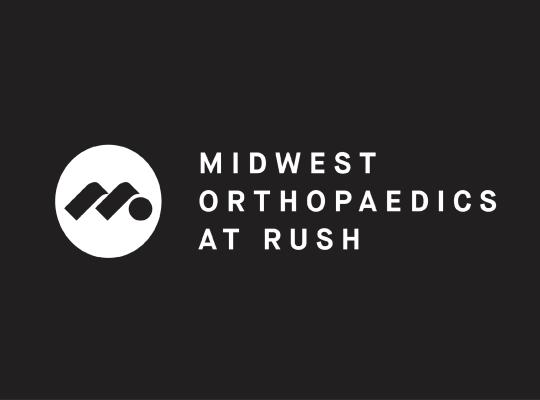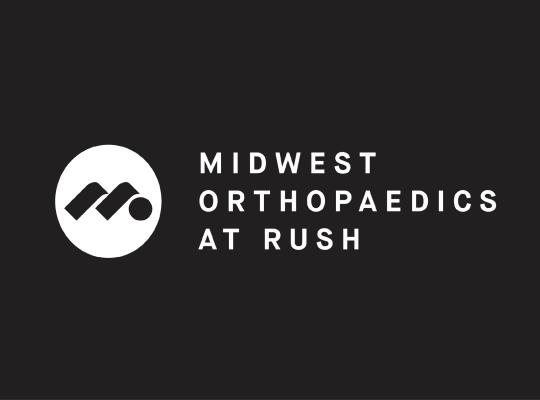November 11, 2024
Dak Prescott, the Cowboys’ star quarterback, reportedly suffered a right hamstring injury two weeks ago, a setback that’s rapidly grown into a serious concern for his season and the Cowboys’ playoff hopes.
Initially, Prescott’s prognosis was unclear. Reports emerged indicating he would miss several games due to the seriousness of the hamstring tear. Cowboys owner Jerry Jones stated that Prescott would likely go on injured reserve, sidelining him for at least four of the team’s nine remaining games. Now, team officials are even questioning if he’ll return at all this season with new imaging reports of a hamstring tear.
What Are Hamstrings and How Do They Affect an Athlete?
The hamstrings are a group of three muscles—the biceps femoris, semimembranosus, and semitendinosus—located at the back of the thigh. These muscles flex the knee joint, pulling the lower leg toward the body, and play a critical role in extending the hip joint, which is essential for stability and movement in sports. For a quarterback like Prescott, the hamstrings stabilize the pelvis during quick, explosive movements and help maintain balance and posture during high-impact activities like running and pivoting.
Understanding a Partial Hamstring Avulsion (tear)
Prescott reportedly sustained a partial avulsion (tear) of his right hamstring tendon, a severe injury in which part of the tendon tears away from the bone. According to Dr. Shane J. Nho, a sports medicine specialist, this injury is serious and can be highly painful. Careful evaluation is required to determine the best course of action, as some cases necessitate surgery if the tendon is significantly detached or at risk for further tearing.
Causes and Symptoms of Hamstring Tears
Hamstring tears can range from minor tears to complete ruptures. Prescott’s injury likely resulted from the rapid, high-intensity rotation during his throwing motion. Dr. Nho explains that hamstring tears often arise from:
- Sudden Movements: Rapid deceleration, acceleration, or sudden directional changes place significant stress on the hamstring.
- Muscle Imbalance: A disparity in strength between hamstrings and surrounding muscles, such as the quadriceps, can predispose an athlete to tears.
- Previous Injuries: A history of hamstring injuries can leave residual weakness, increasing the chance of re-injury.
Symptoms of a hamstring tear include sharp pain, swelling, bruising, and difficulty walking or bending the knee. Limited range of motion is common, especially in cases as severe as Prescott’s.
Does Prescott Need Surgery?
Cowboys officials are currently ascertaining whether Prescott needs surgery to reattach the partially torn tendon. Prescott is reportedly consulting with specialists for second opinions, as a surgical approach would mean the end of his season. Non-surgical management is possible, but recovery can still be lengthy and complex, particularly given the nature of his injury.
Diagnosis and Rehabilitation Process
Dr. Nho emphasizes that a thorough diagnosis and individualized rehabilitation program are crucial for athletes like Prescott. Diagnosis typically involves a clinical examination to assess tenderness, flexibility, and strength, with MRI imaging to visualize the injury in detail. If Prescott opts for conservative treatment, a phased rehab plan would focus on pain management, gradually reintroducing movement, rebuilding strength, and eventually returning him to play.
Looking Ahead: What This Means for the Cowboys
With a current record of 3-6, the Cowboys’ season is uncertain as they face the reality of missing their star quarterback. Prescott has been crucial to the team’s performance, and his absence may heavily impact their playoff chances. However, Cowboys fans are hopeful that with the right treatment and a structured rehab process, Prescott can fully recover—whether for a return this season or in preparation for next year.



